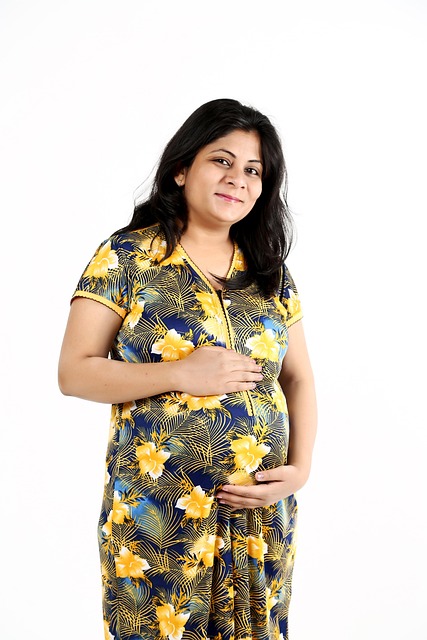“Just go outside and play! Immerse yourself in nature! Get out of this house already!” For nearly two decades, I’ve found myself repeating (or maybe shouting) these phrases to my children. The truth is, it feels fundamentally unnatural to confine energetic little bodies within the four walls of our home. Yet, many children today—despite participating in organized outdoor sports and enjoying limited recess—spend the majority of their time indoors.
But it’s not just the kids who are stuck inside; parents are equally tethered to screens for hours. We often catch glimpses of the sky only through car windows and breathe fresh air only in parking lots as we shuffle our children in and out of stores. This lifestyle may explain why both parents and kids are increasingly stressed, anxious, and depressed.
Interestingly, this isn’t the case everywhere. In fact, when I was urging my kids to “get outside and engage with nature,” I was unknowingly embracing a well-established Scandinavian practice known as “friluftsliv” (pronounced FREE-loofts-leav). This concept gained momentum in Scandinavia after WWII, as people sought refuge from urban and industrial life in the great outdoors.
Friluftsliv, which translates to “free-air life,” has become an integral part of Scandinavian culture, particularly in parenting. Children in Sweden, Denmark, and Norway are often seen biking to work, taking lunchtime walks on trails, and playing in parks, regardless of the weather. It’s common to hear a Swedish proverb that states, “There’s no such thing as bad weather, only bad clothing.” This love for the outdoors contributes to their overall health and happiness.
The Benefits of Nature
So, what is it about nature that rejuvenates our spirits, recharges our mental batteries, and restores our sense of well-being? Linda Johnson, the author of There’s No Such Thing as Bad Weather: A Scandinavian Approach to Raising Healthy, Resilient Kids, explains that we have internal biological clocks that align with nature’s rhythms—something often disrupted by modern living. Essentially, humans aren’t meant to be cooped up indoors, glued to screens.
In her book, Johnson elaborates on the emotional advantages that families, especially children, can gain from embracing the friluftsliv lifestyle. Unfortunately, American children have far fewer opportunities for outdoor play; their time outside is frequently restricted at school and often spent in competitive sports, which contrasts with the essence of friluftsliv.
To truly experience the benefits of friluftsliv—like enhanced self-esteem, curiosity, and creativity—children need the freedom to explore outdoors without constant supervision. The Swedish government distinguishes between friluftsliv and competitive sports, emphasizing that friluftsliv is about enjoying nature without the pressure to excel.
Overcoming Safety Concerns
Regrettably, many American parents hesitate to allow their kids outdoor play due to fears of accidents or safety concerns. Johnson addresses these worries, urging parents to relax their grip for the sake of their children’s resilience. “Children who play in nature tend to be calm yet alert. Statistically, it isn’t any more dangerous to let kids play outside now than it was before; we just hear more about the few negative incidents,” she notes.
Our children are often kept indoors like caged birds, which negatively affects their natural dispositions and well-being. Nature calls to all of us, yet work and school policies frequently obstruct our ability to embrace it. Johnson emphasizes that for real change to occur, we need more parents, teachers, and caregivers to recognize the importance of outdoor play. These individuals will influence policymakers and city planners in their decisions regarding public green spaces and preschool regulations.
A Call to Action
Spending time in nature should be a fundamental aspect of life, not a luxury we have to plead for. So the next time you find yourself yelling, “Go outside and play, for goodness’ sake!” take a moment to appreciate that it’s not a failure of patience or parenting; it’s friluftsliv—a philosophy rooted in the freedom of nature and the spiritual connection to the landscape. Thank you, Scandinavia, for this invaluable lesson.
For more insights on family life and parenting, check out this excellent resource on pregnancy and home insemination. And if you’re interested in at-home insemination options, visit our post about artificial insemination kits. For further reading on this topic, you can explore Modern Family Blog, a reputable source for family and parenting matters.
In summary, the Scandinavian practice of friluftsliv encourages families to cherish the outdoors and prioritize nature in their lives. This approach not only fosters resilience and creativity but also nurtures the well-being of both children and parents alike.
